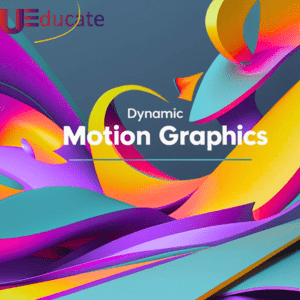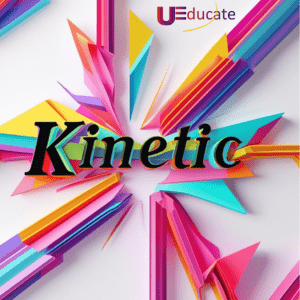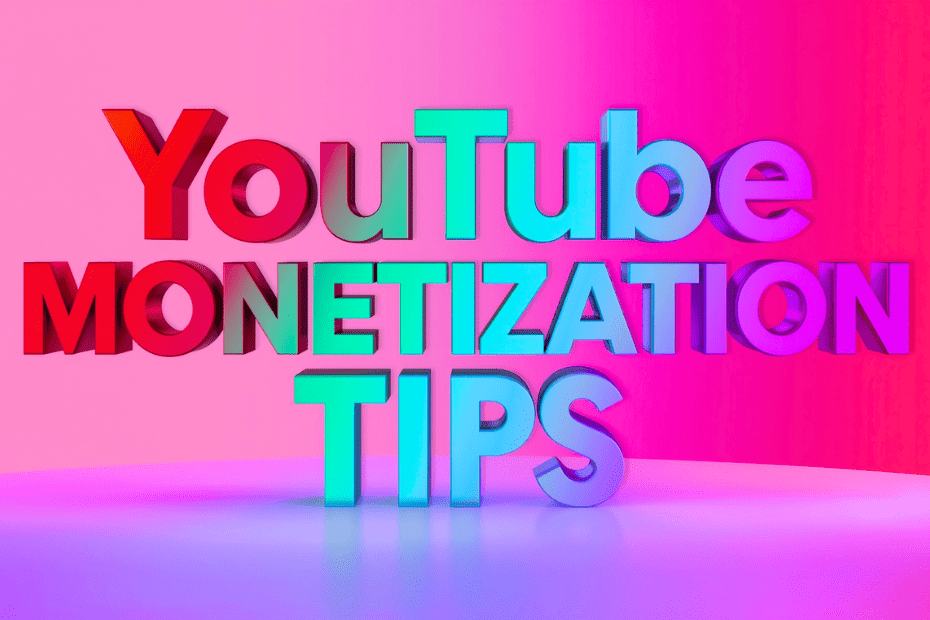Top 5 Motion Graphics Trend
Motion graphics are still transforming the art of telling stories visually through digital media. As we progress into emerging technologies and innovative design strategies are continuing to redefine the limits of what motion design can do. From high fidelity 3D animations to AI driven works these trends are revolutionizing how brands interact with their audiences.
Keeping up with these advancements is key to marketing, design, and content professionals seeking to remain competitive. Motion photographs have become an integral part of all levels of social media campaigns and product demonstrations so knowing what styles and methods are engaging audiences is imperative.
In this all encompassing guide we’re going to dive into the five most influential motion graphics trends shaping. Each of them provides distinct benefits for various uses whether you want more compelling advertisements explainer videos or engaging digital experiences.

-
The Emergence of 3D Animation in Motion Graphics
The motion graphics world has experienced a dramatic move towards three dimensional designs in recent years. Sophisticated tools such as Blender, Cinema 4D, and Unreal Engine have brought high end 3D animation into wider reach than ever. This is more than just depth effects however and includes fully developed 3D worlds and characters that provide real immersion.
Brands from various industries are embracing 3D motion photographs for their capacity to present products in unprecedented realism. From car companies showcasing car features to technology companies illustrating intricate devices 3D animations enable audiences to view products from all sides. The gaming sector continues to set the bar high with motion graphs that verge on cinematic quality, clouding the distinction between animation and actuality.
-
Artificial Intelligence Transforming Motion Design
Artificial intelligence has become a revolutionary force behind motion graphics production. AI based software is transforming every aspect of the production process from concept creation to rendering. Runway ML and Adobe Firefly are just two examples of such stages that allow designers to produce intricate animations with unprecedented speed while eliminating time consuming processes such as rotoscoping and motion tracing.
One of the most thrilling advancements is the capability of AI to create motion graphs from text prompts. Designers are now able to outline a visual idea in words and get several animated realizations almost immediately. This technology is especially useful for fast prototyping and brainstorming meetings where visualization is needed in a hurry. Machine learning processes may also review successful motion graphs campaigns and provide optimization recommendations for future projects.

-
Kinetic Typography as a Narrative Force
Kinetic typography has advanced from basic text animation to advanced narrative tools that stimulate interest. New applications couple type movement and emotional storytelling to produce a powerful visual message that resonates with viewers. The trend mirrors the better relevance of text based content in digital channels especially for social media where devotion is limited.
Modern kinetic typography is more than simple fades and slides using refined motion paths that lead the eye through information hierarchies. Designers are trying out physics based animation that makes text behave like real objects with weight and momentum. Synchronization of type motion with audio elements has especially become highly developed providing rhythmic experiences that increase message recall.
Brands are using kinetic typography for social media commercials and educational videos. The method is particularly useful in conveying complicated concepts in simple words since the movement serves to highlight the important points and keep the audience engaged. As video maintains its stronghold on digital communication kinetic typography is one of the most available yet potent motion graphics methods that can be availed by content creators.
-
Retro Motion Graphics Come Back to Life
Nostalgia inspired design has taken off in popularity with motion graphics adopting retro looks from the 80s, 90s, and early 2000s. The fashion leverages shared cultural memory while providing a welcome respite from clean contemporary designs. The charm of retro motion graphics comes from the fact that they can summon exact eras and timelines and evoke certain emotions.
Designers are mimicking analog flaws such as film grain, CRT scan lines, and color bleeding to obtain original vintage presence. These combine with modern motion methods to produce hybrid styles that are equally familiar and groundbreaking. Music videos streaming site visuals and video game content have especially adopted this style.

-
Simple Motion Graphics for Clean Communication
Contrasting with intricate 3D animations and cluttered retro looks simple motion graphics have become prominent due to their simplicity and sophistication. The style emphasizes basic subtle animation adding to the message without overpowering it. Clean lines generous negative space and minimal color schemes define this minimalist style that places matter over glitzy effects.
Minimalist motion graphs are superior in corporate settings where operative communication is the priority. They’re especially well suited to explainers, UI, and brand identity systems. Their simplicity guarantees fast loading times and seamless playback on any device solving practical issues in a more mobile first world.
Conclusion
The motion graphics landscape of 2025 showcases an exciting diversity of styles and techniques each serving different communication needs. From the immersive power of 3D animation to the clarity of minimalist design these trends demonstrate how motion remains to shape our digital experiences. What unites these approaches is their focus on enhancing storytelling and improving user engagement.
As technology develops, we can anticipate that such trends will carry on in innovative directions. The more rapid use of AI tools is sure to speed up production while introducing new opportunities for creativity. Meanwhile the conflict between minimalist and maximalist approaches will keep yielding novel hybrid styles. What endures is the underlying force of motion to engage attention and communicate information better than fixed images.
For designers and brands alike the secret to success is intentionally choosing motion graphics styles that resonate with their message and audience. From nostalgic magic with retro styles or modern impact with 3D animations grasping these trends offers a solid basis for making engaging visual content. Moving forward motion graphics will most indeed continue to be at the cutting edge of digital communication constantly changing with new technology and cultural movement.










